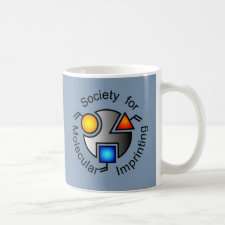
Authors: Ridgway K, Lalljie SPD, Smith RM
Article Title: Sample preparation techniques for the determination of trace residues and contaminants in foods.
Publication date: 2007
Journal: Journal of Chromatography A
Volume: 1153
Issue: (1-2)
Page numbers: 36-53.
DOI: 10.1016/j.chroma.2007.01.134
Alternative URL: http://www.sciencedirect.com/science/article/B6TG8-4N0X5RG-4/2/8e4360f0a9d6f6932d7189d8984dd659
Abstract: The determination of trace residues and contaminants in complex matrices, such as food, often requires extensive sample extraction and preparation prior to instrumental analysis. Sample preparation is often the bottleneck in analysis and there is a need to minimise the number of steps to reduce both time and sources of error. There is also a move towards more environmentally friendly techniques, which use less solvent and smaller sample sizes. Smaller sample size becomes important when dealing with real life problems, such as consumer complaints and alleged chemical contamination. Optimal sample preparation can reduce analysis time, sources of error, enhance sensitivity and enable unequivocal identification, confirmation and quantification. This review considers all aspects of sample preparation, covering general extraction techniques, such as Soxhlet and pressurised liquid extraction, microextraction techniques such as liquid phase microextraction (LPME) and more selective techniques, such as solid phase extraction (SPE), solid phase microextraction (SPME) and stir bar sorptive extraction (SBSE). The applicability of each technique in food analysis, particularly for the determination of trace organic contaminants in foods is discussed
Template and target information: Review - SPE of food contaminents
Author keywords: food analysis, sample preparation, Food contaminants, solid phase extraction, SPME, SBSE, Headspace, Soxhlet, LPME



Join the Society for Molecular Imprinting

New items RSS feed
Sign-up for e-mail updates:
Choose between receiving an occasional newsletter or more frequent e-mail alerts.
Click here to go to the sign-up page.
Is your name elemental or peptidic? Enter your name and find out by clicking either of the buttons below!
Other products you may like:
 MIPdatabase
MIPdatabase









